On October 28, 2021, the Prime Minister approved the Project on developing non-cash payment (TTKDTM) for the period 2021-2025 in Decision No. 1813/QD-TTg. Implementing this Decision, Quang Ninh province has made efforts to implement many practical solutions to make TTKDTM a habit of the people. Thereby, reducing social costs related to cash; strongly applying the achievements of the Fourth Industrial Revolution to upgrade and develop payment infrastructure, TTKDTM services, meeting the payment needs in a convenient and effective manner of organizations and individuals...
In particular, Quang Ninh province pays special attention to developing information technology infrastructure. Thanks to that, the basic telecommunications infrastructure meets the requirements of comprehensive digital transformation in the province, serving well the operation and use of e-government system applications, e-commerce applications and the information access needs of local people. Up to now, the whole province has 6,287 mobile transmission stations; the rate of population covered by 4G mobile network or higher reaches 99.96%; the rate of population covered by Internet reaches 100% with an average access speed approximately equal to the national average; the rate of mobile phone subscribers reaches 1.3 subscribers/person, higher than the national average (1.23 subscribers/person).
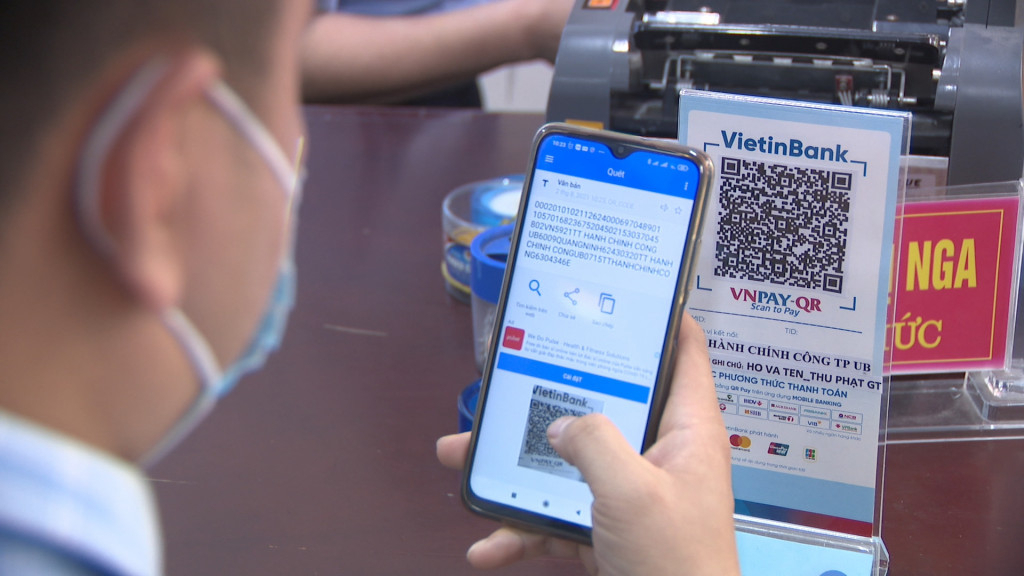
In particular, to meet the requirements for online payment, since 2022, the Department of Information and Communications has integrated and connected the online payment platform Payment Platform of the National Public Service Portal with the Electronic One-Stop System and the Provincial Public Service Portal. In the first 6 months of 2024, the province continued to maintain a stable online payment system via the National Public Service Portal with an online payment rate of 30.1% (an increase of 5.2% compared to 2023).
At the same time, banks also focus on investing and improving the quality of infrastructure and technology serving e-commerce, especially electronic payment, which continues to be effective, better meeting the increasing payment needs of society and adapting to the process of international economic integration. Up to now, the area has 432 ATMs, 3,194 POS machines with over 2,400 card payment acceptance points at most retail establishments, distribution chains, hotels and continues to expand to medical facilities, public administrative service centers, schools, etc. In addition, payment using QR Code has been widely applied and deployed to promote, encourage and create a habit of payment via mobile devices in line with the development trend of the world and consumer behavior, bringing many benefits, convenience and safety to customers.
Along with that, to develop payment services, credit institutions have focused on strongly developing the digital ecosystem with new, safe, convenient products, services, and payment methods, bringing practical benefits to people and businesses. Many new services and payment methods such as opening accounts/opening cards electronically (eKYC), paying/withdrawing money at ATMs using QR Code, contactless chip card payments, biometric payment authentication, and card information encryption (tokenization) have been integrated by banks and payment intermediaries into products and services to improve convenience, safety, and security. Thereby contributing to popularizing e-commerce to people.
To date, the area has 3.4 million personal accounts at credit institutions (an increase of 223 thousand accounts compared to December 31, 2023), of which 2.5 million accounts are active, 595,000 accounts are opened online (eKYC); there are 61,474 business accounts; on average, about 2.5 active accounts/1 person aged 15 and over. In addition, by June 30, 2024, the area currently has 803.5 thousand Mobile - Money accounts, of which Viettel: 645.9 thousand accounts, VNPT: 96.7 thousand accounts, Mobifone: 60.9 thousand accounts.
Currently, the province has 19 first-class markets; 11 second-class markets and 13 third-class markets that have implemented the Market 4.0 Model; 100% of central markets accept payment of fees and make payment of electricity and water bills through e-commerce payment methods; the rate of business households in the market accepting e-commerce payment methods is on average 83%. Promoting the achieved results, in the coming time, Quang Ninh will continue to improve infrastructure, services, promote cashless payments based on technology application, creating convenience for people, especially people in rural, remote and isolated areas to access e-commerce payment services.
Source


![[Photo] Relatives of victims of the earthquake in Myanmar were moved and grateful to the rescue team of the Vietnamese Ministry of National Defense.](https://vstatic.vietnam.vn/vietnam/resource/IMAGE/2025/4/2/aa6a37e9b59543dfb0ddc7f44162a7a7)



![[Photo] Third meeting of the Organizing Subcommittee serving the 14th National Party Congress](https://vstatic.vietnam.vn/vietnam/resource/IMAGE/2025/4/2/3f342a185e714df58aad8c0fc08e4af2)



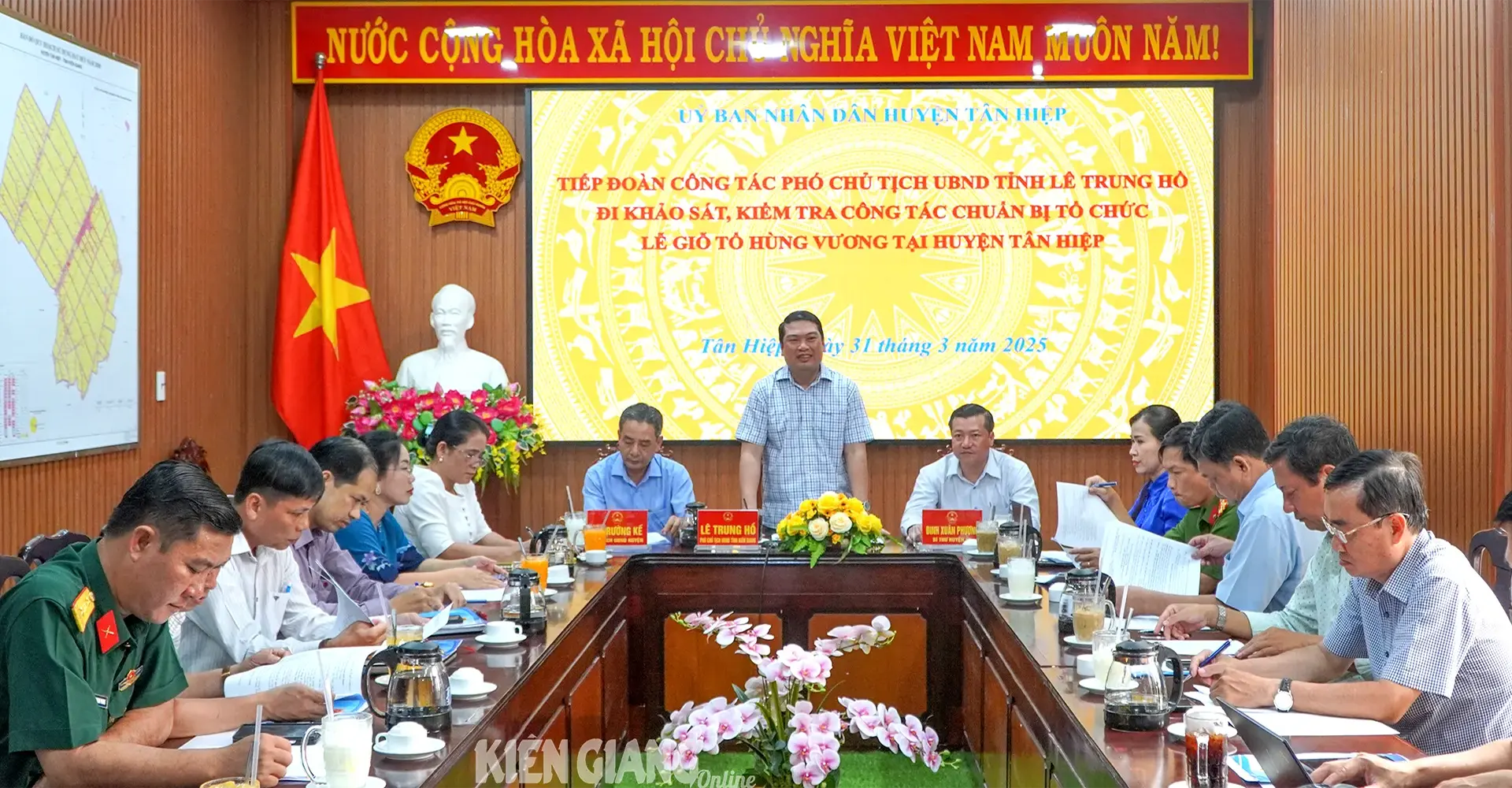
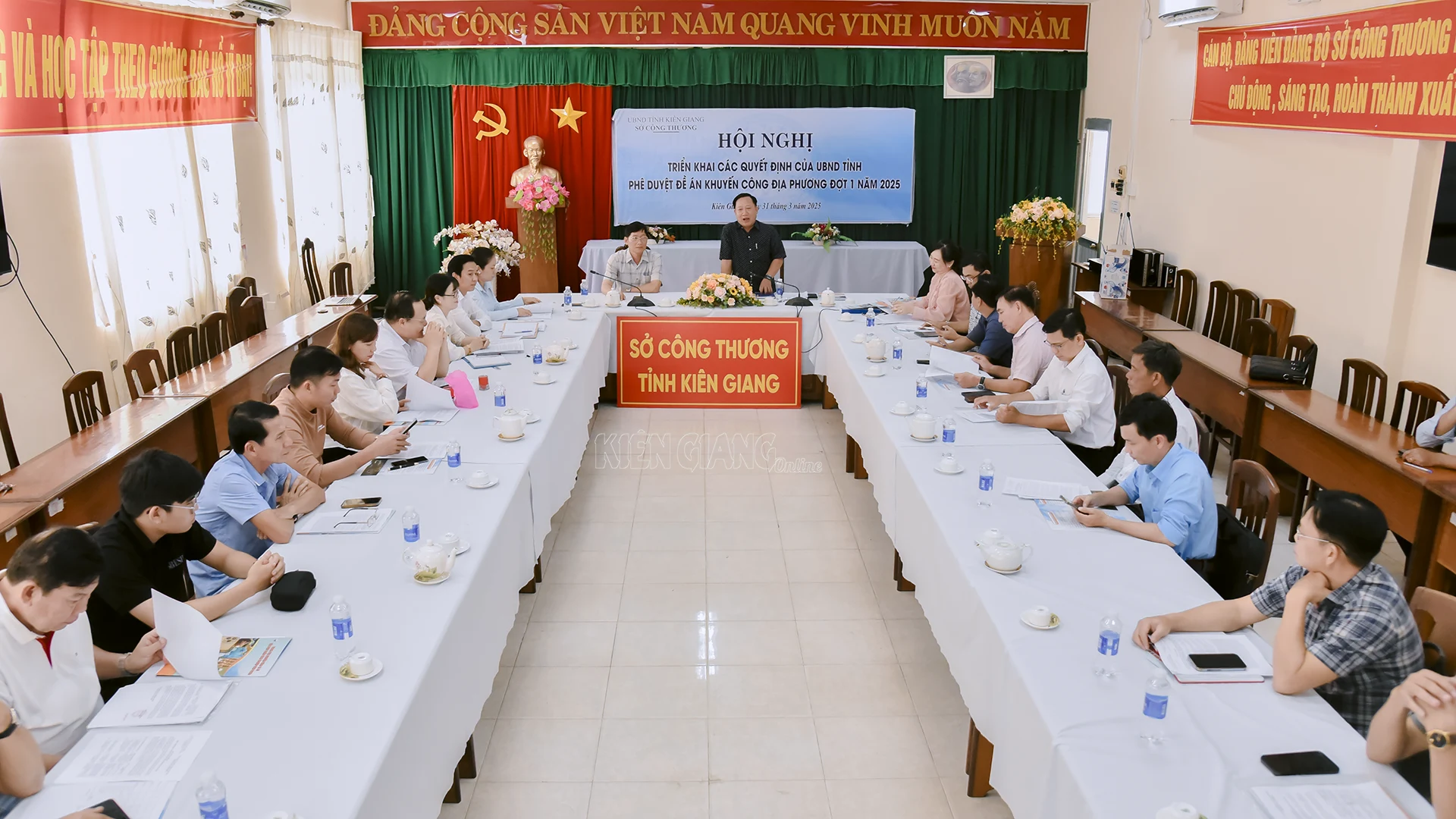
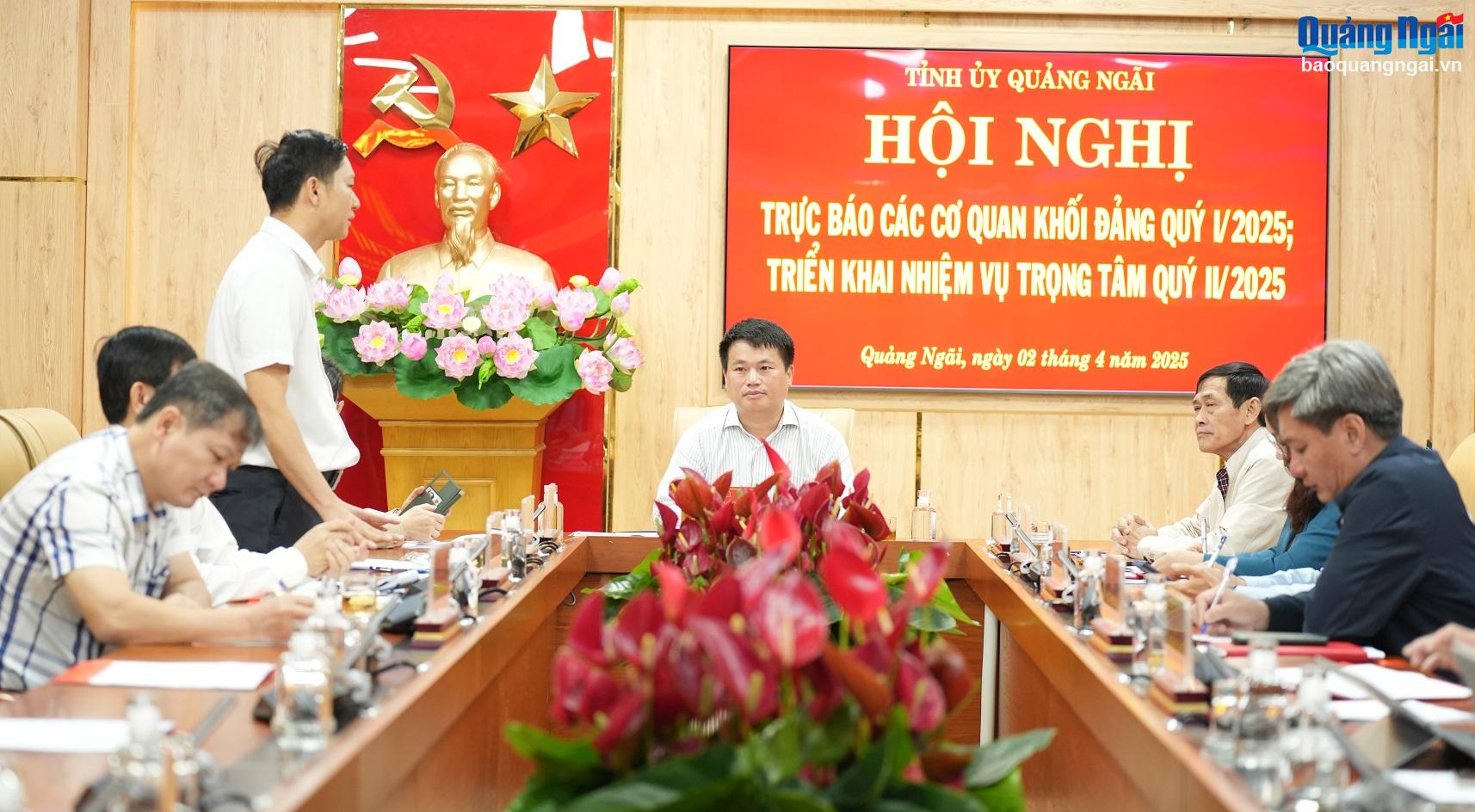

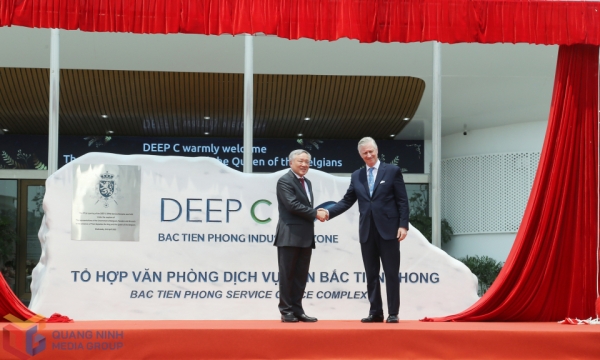
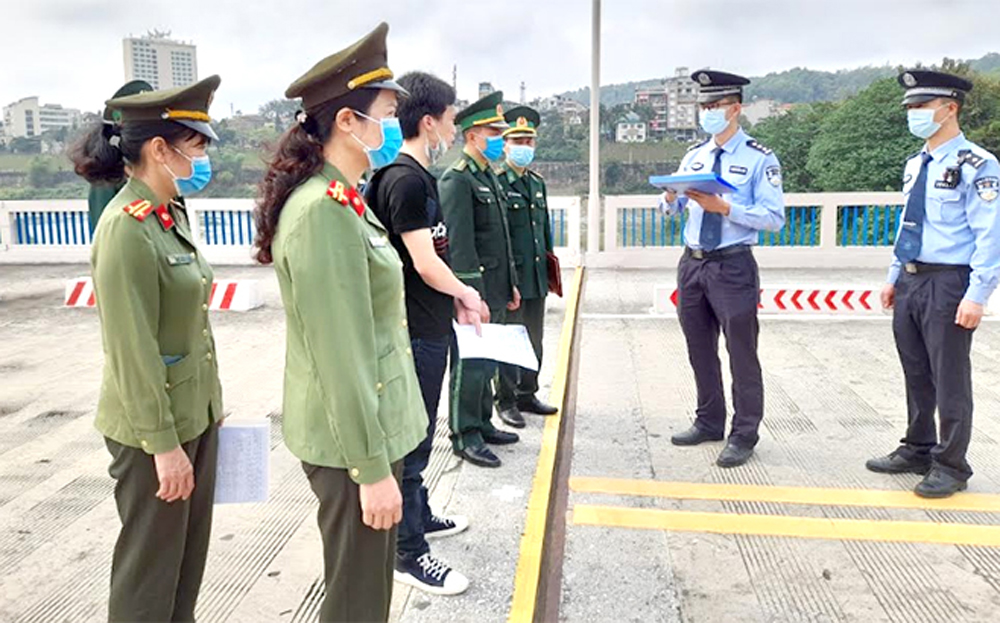



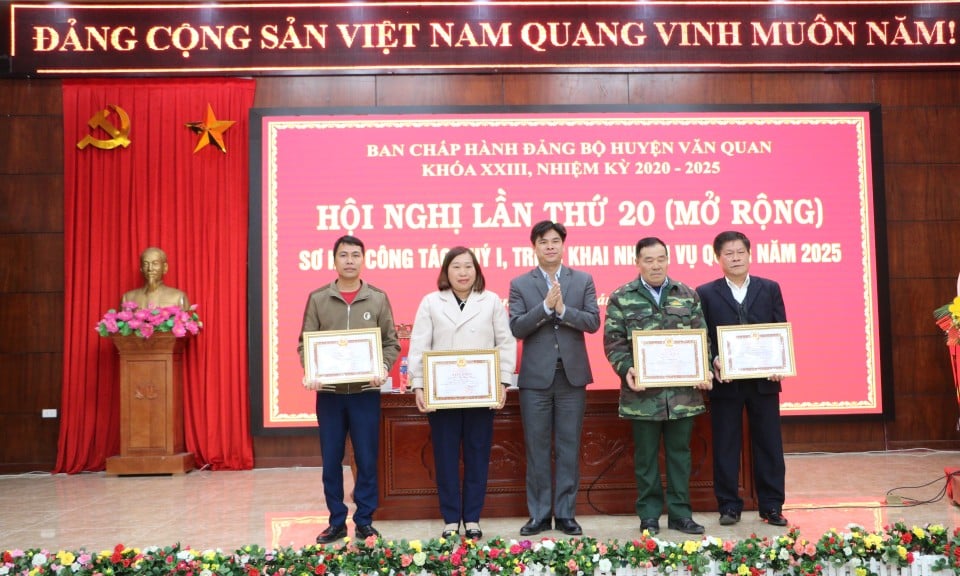

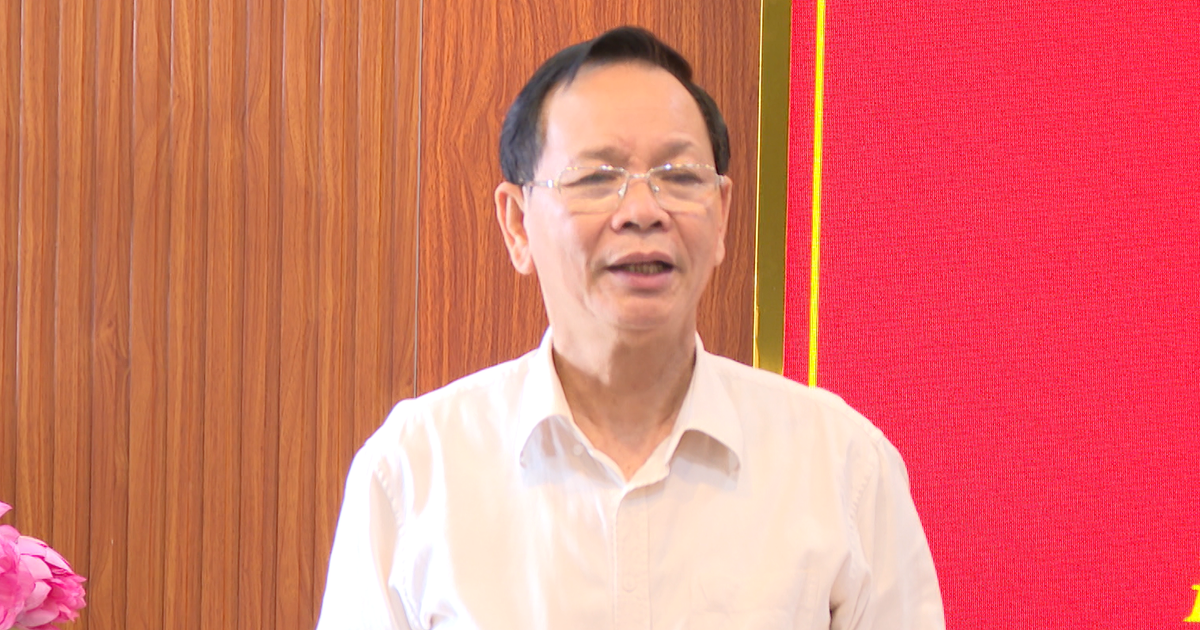
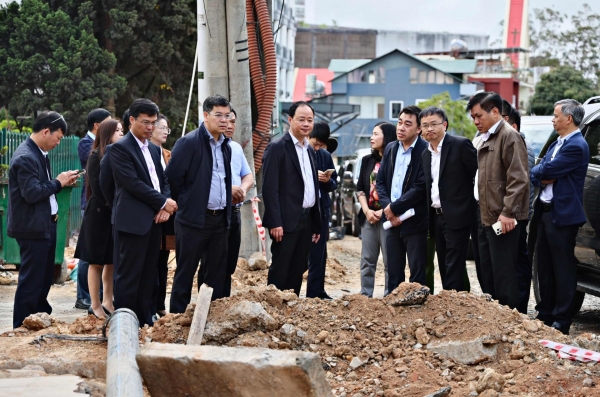
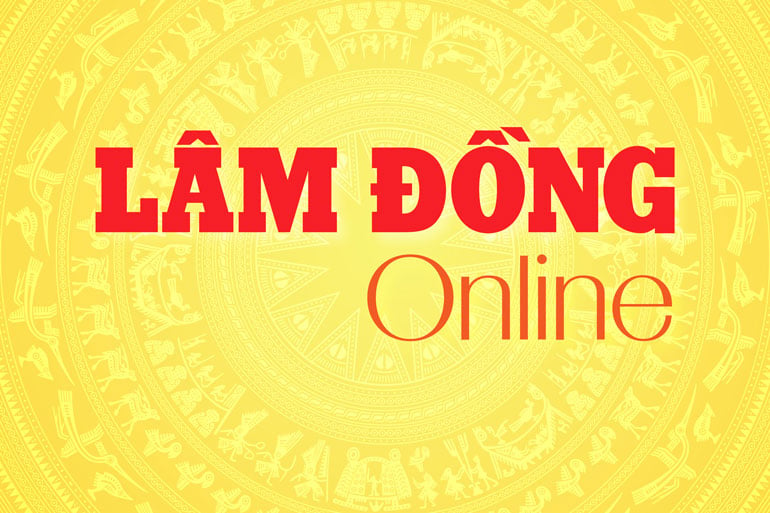






































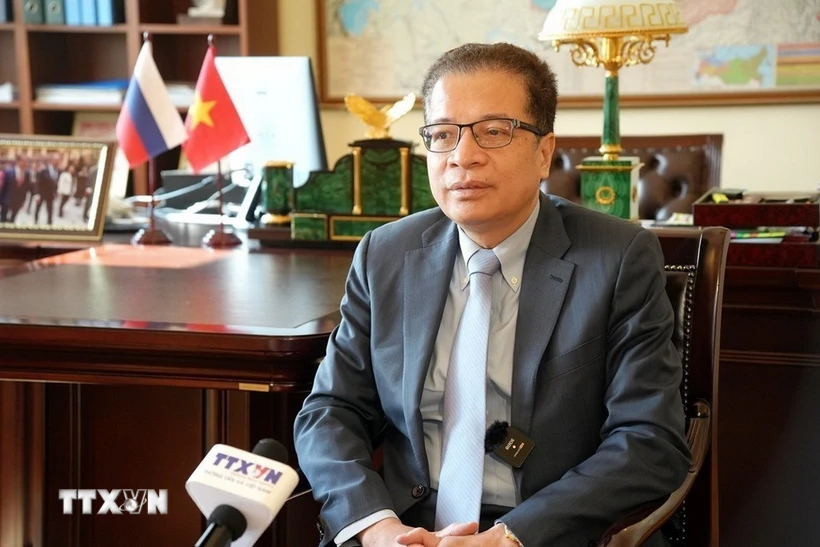
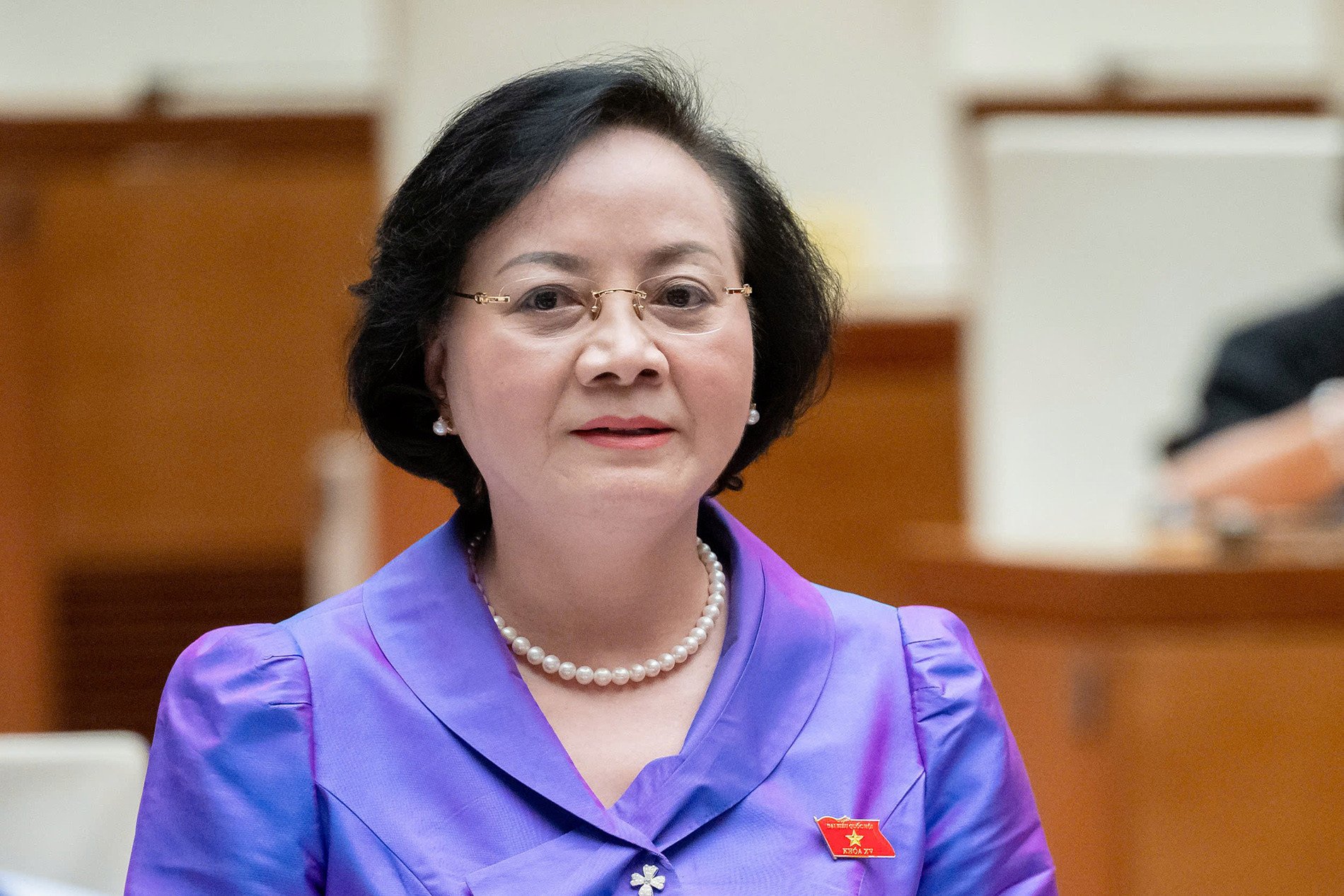


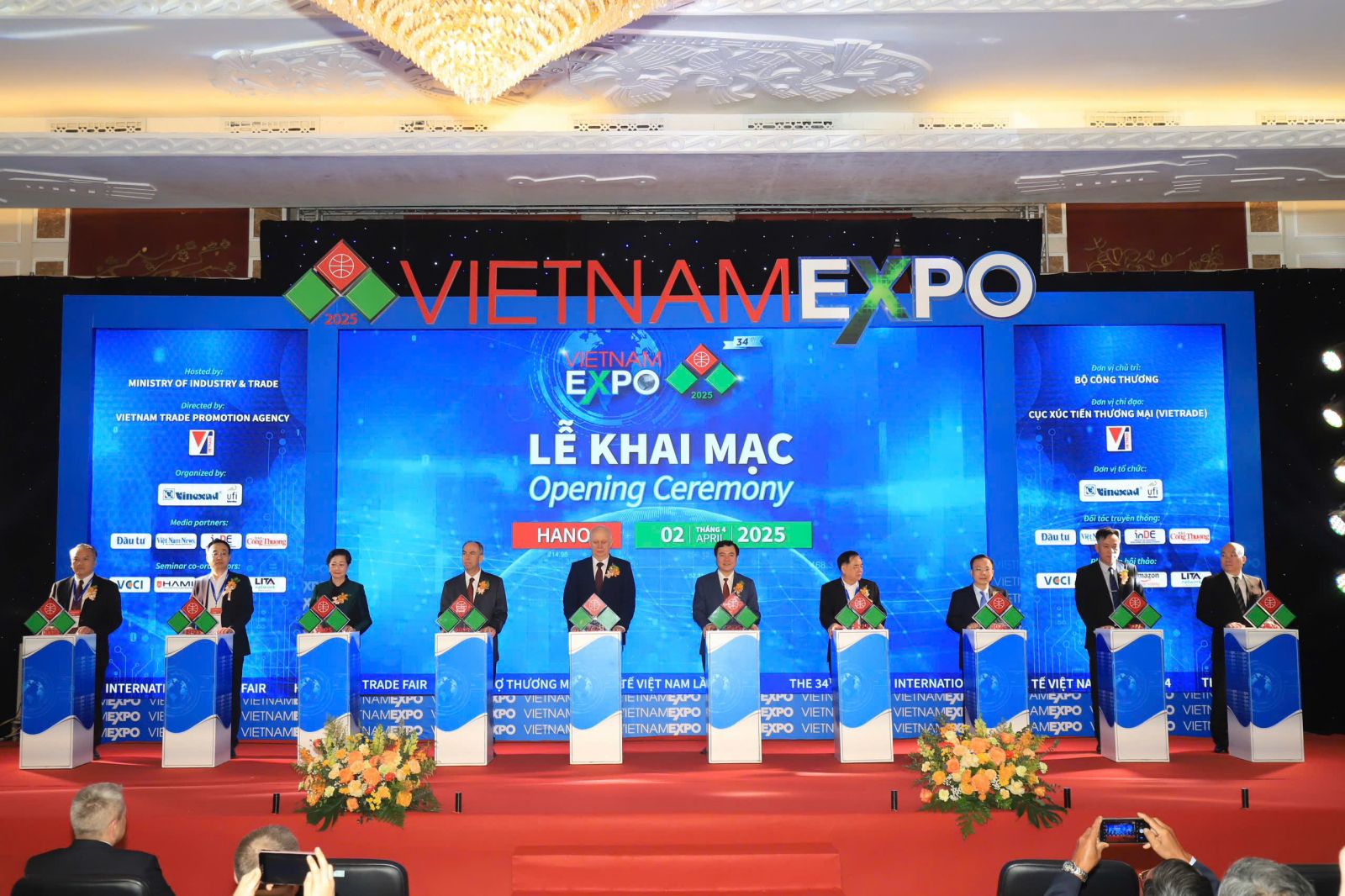





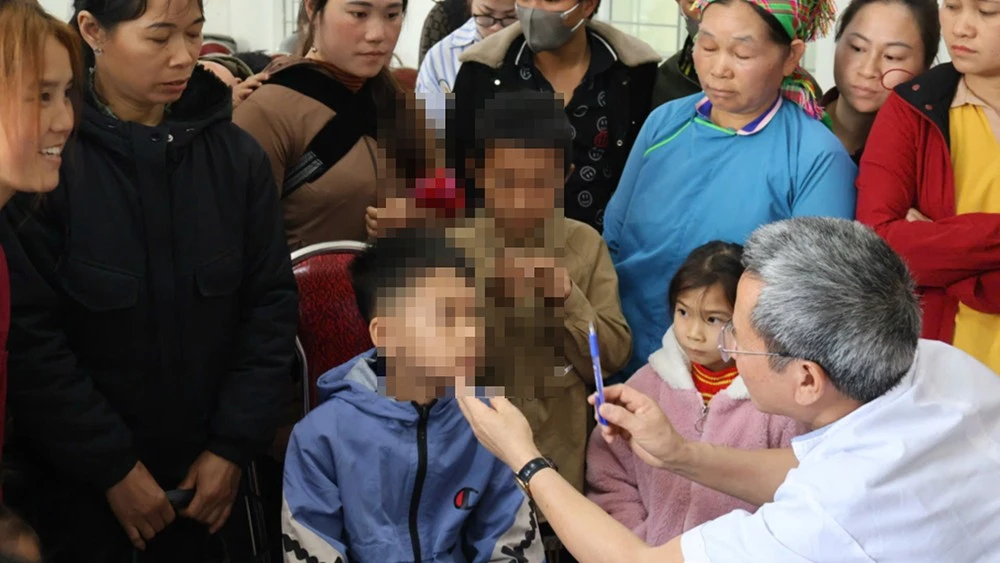













Comment (0)